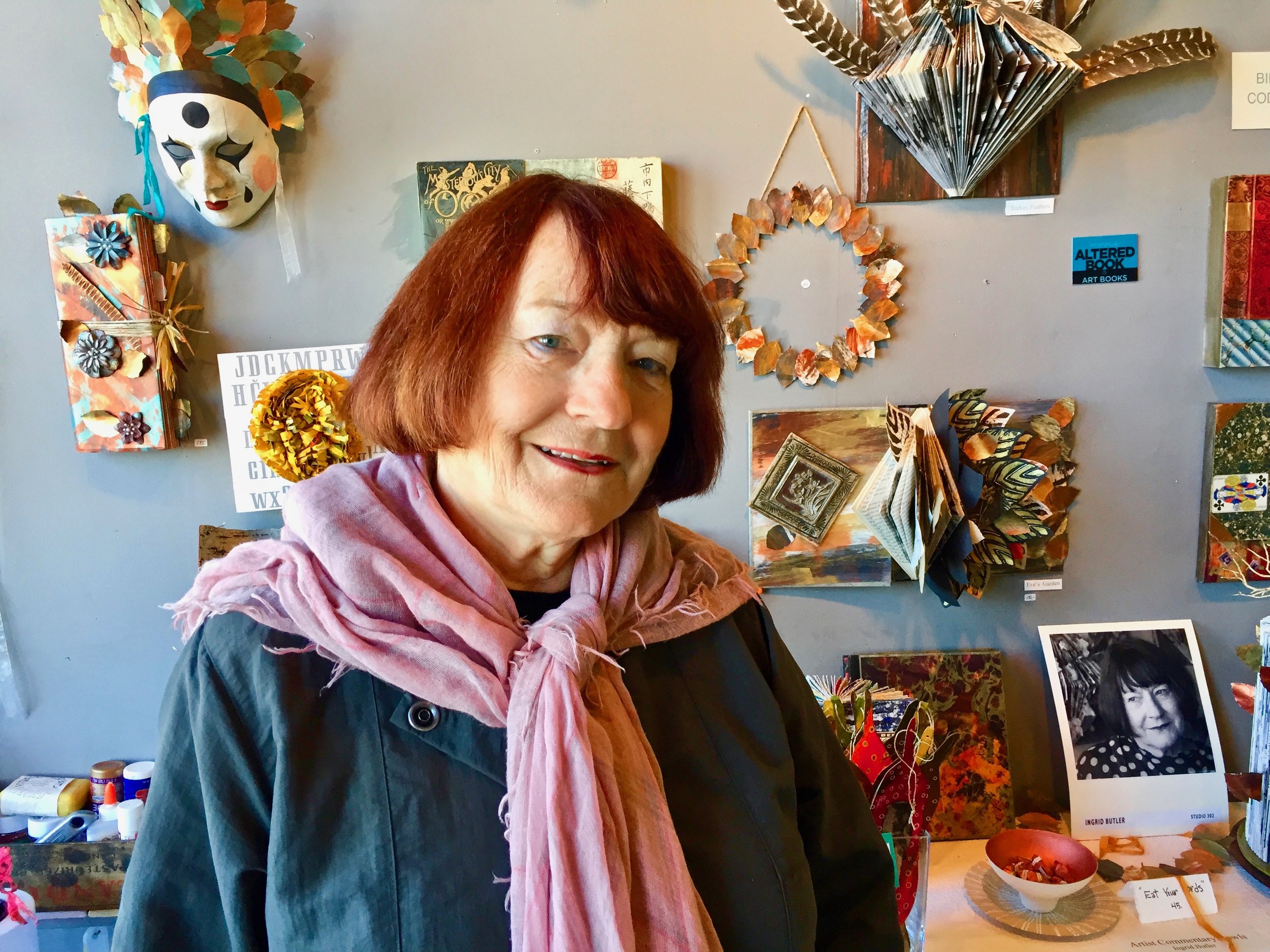Jace Graf
Bookbinder
JACE GRAF BOOKBINDER
Since 1997, Jace Graf has been at the helm of Cloverleaf Studio, a distinguished establishment renowned for its expertise in crafting bespoke enclosures for books and prints. With a sterling reputation built over 25 years, Cloverleaf has become synonymous with meticulous design, edition binding, slipcase construction, boxes, and various other forms of book and print related enclosures. The studio boasts an impressive clientele, including esteemed institutions like MoMA, The Museum of Fine Arts-Houston, and the National Gallery of Art, alongside academic special collections at prestigious universities such as Princeton, Southern Methodist, and Vanderbilt. Additionally, Cloverleaf serves small publishers, discerning booksellers, and private collectors, leaving an indelible mark with its work gracing the halls of major museums, university archives, and private collections across the United States and beyond.
Graf’s journey to founding Cloverleaf Studio began with his training as a bookbinder at BookLab in Austin, Texas, under the guidance of luminaries such as Craig Jensen, Gary Frost, and Priscilla Spitler. BookLab, revered as the premier fine press hand bindery in the nation, provided Graf with invaluable experience in edition binding and various techniques, laying the foundation for his future endeavors.
Furthering his expertise, Graf pursued a Master of Arts in Book Arts from Mills College in Oakland, California, delving into disciplines such as calligraphy, letterpress printing, hand binding, and book history. His academic pursuit was enriched by private classes with the esteemed calligraphic artist Thomas Ingmire, adding a nuanced dimension to his craft. Prior to his immersion in book arts, Graf acquired a solid academic foundation with a Bachelor of Business Administration and a Bachelor of Arts in Government from the University of Texas at Austin, blending artistic acumen with strategic business insight. He also teaches domestically and abroad, as well as shoots a cool headed game of pool.
Photo by Kenny Braun


















































